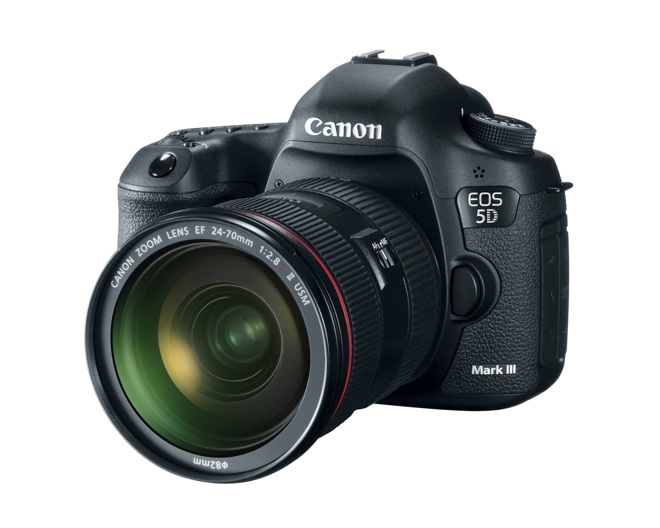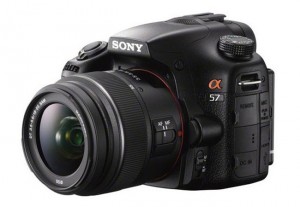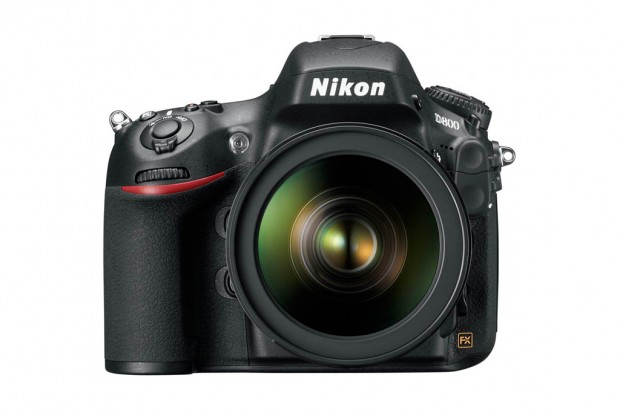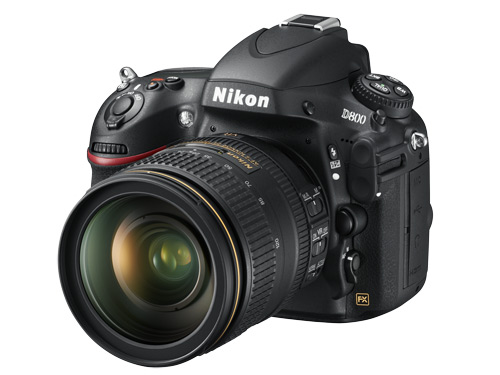
Canon is proud to present the highly anticipated EOS 5D Mark III. With supercharged EOS performance and stunning full frame, high-resolution image capture, the EOS 5D Mark III is designed to perform. Special optical technologies like the 61-Point High Density Reticular AF and an extended ISO range of 100-25600 (expandable to 50 (L), 51200 (H1) and 102400 (H2) make the EOS 5D Mark III ideal for shooting weddings in the studio or out in the field, and great for still photography. Advanced professional-level high definition video capabilities (that includes a host of industry-standard recording protocols and enhanced performance) make it possible to capture beautiful cinematic movies in EOS HD quality. A newly designed 22.3 Megapixel full-frame Canon CMOS sensor, Canon DIGIC 5+ Image Processor, and shooting performance up to 6.0 fps provide exceptional clarity and sharpness, even when capturing rapidly-unfolding scenes. Additional technological advancements include an Intelligent Viewfinder, Canon’s advanced iFCL metering system, High Dynamic Range (HDR), and Multiple Exposure mode — all of which that help make the EOS 5D Mark III the perfect multimedia tool.
After months of rumors and speculation, the next generation of Canon’s most popular pro-level shooter has arrived. On Friday, the company announced details of its long-awaited EOS 5D Mark III DSLR camera.
Notable updates are plentiful. There’s a totally new 22.3-megapixel full-frame CMOS sensor (up from 21.1 on the Mark II) with a new photodiode structure that reduces image noise. The ISO range has been improved — the camera gains two stops on the high end and now goes from 100 to 25,600, with additional extended settings of 50, 51,200 and 102,400. The Mark III also inherits a few key features from Canon’s recently announced EOS-1D X, like the new DIGIC 5+ image processor, the 61-point autofocus system, on-chip image correction and a multi-exposure mode.
Canon’s previous 5D model has been central to the rise of the DSLR video scene, with indie auteurs shooting fantastic-looking HD video on their Mark IIs, so we expected this update to come with several video-specific performance bumps. The Mark III shoots 1080p video at up to 30 frames per second, but video is now processed by the DIGIC 5+ chip, which Canon says reduces image noise and moiré effects much better than the DIGIC 4 chip. There’s a new on-camera H.264 compression engine and new timecode-embedding features. The LCD monitor is now 3.2 inches (up from 3 inches) and has new touch-screen controls for silently adjusting your settings while you’re recording.
The Mark III will be available at the end of March at an estimated price of $3,500 for the body only, and $4,300 bundled with a 24-105mm f/4 zoom lens. The last-generation 5D Mark II — which has grown to become one of the most popular DSLRs in the world since its release three and a half years ago — will remain in the Canon line-up for at least the next few months. You’ll also be able to get one pretty cheap on Craigslist starting this weekend, no doubt (or at least a used Nikon D700).
The Mark III lands with a slew of optional accessories in tow, like a GPS receiver ($390), a wireless file transmitter ($850), a battery grip ($490, seen in one of the photos above) and the new Speedlite 600EX-RT wireless flash ($630) and transmitter ($470).
http://www.usa.canon.com/cusa/professional/products/professional_cameras/digital_slr_cameras/eos_5d_mark_iii



